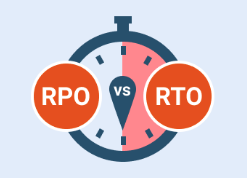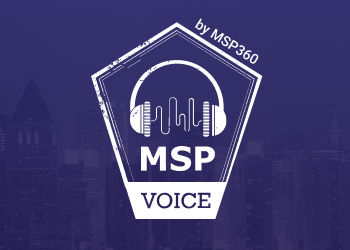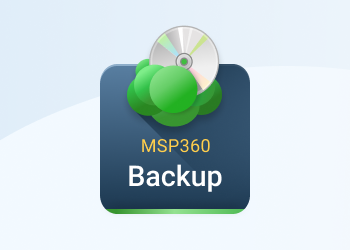We are happy to introduce MSP360 Backup for Microsoft 365 and Google Workspace 4.8, which brings a major addition to the storage experience – built-in managed cloud storage.
With this release, the need for third-party storage setup is entirely eliminated, configuration time is reduced, and administrators can start protecting Microsoft 365 and Google Workspace data immediately upon sign up. Continue reading
On Training Employees: Is it Worth the Risk?
Just like other business owners in other industries, MSP owners are oftentimes conflicted about training employees. While providing employees with training programs seems like the right thing to do from a business standpoint, some employers avoid improving employee development — but why? Continue reading
Handling MSP Sales Objections
No one enjoys making a cold call. Yet, people associated with MSPs have no escape from it. Cold calls just continue to be an effective strategy for MSPs despite the occasional horrendous feedback or experience. Continue reading
Don’t Think You Need an RMM Solution? Here’s Why You Do
MSPs operating in today’s ever-changing IT landscape, which becomes increasingly complex and demanding, must use RMM tools to provide best-in-class service to clients. Continue reading
Do You Still Need an On-Prem Server?
With all the cloud VM server options available today -- including Windows Server 2008, 2012 and 2016, as well as a host of Linux flavors -- do you still need an onsite server? This question is constantly being asked across all fields of business. Continue reading
MSP Voice Episode 66 – “Open Book” with Eric Rieger
This week’s guest is Eric Rieger from Webit Services out of the Chicago area. In business since 1996, Webit actually started under a different, less fortunate name which Eric explains. Eric had a few different careers before starting Webit which helped him to prepare for running his own business. Besides MSP Webit also helps companies with business intelligence and analytics and has developers on staff. Continue reading
Selling Hardware Upgrades to Your Clients
Many clients don’t want to spend money on new hardware, especially when they believe their out-of-date technologies are working just fine, but what they don’t realize is the cost of inaction, which can get pricey quickly when something goes wrong. Continue reading
MS Exchange Backup in a Virtual Environment Using MSP360 Backup
This article will explain why and how to back up the virtualized MS Exchange server instance with MSP360 Backup. Continue reading
MSP Sales Compensation Plans – The Catalysts of More Revenue
MSPs find it challenging to implement balanced compensation plans for their sales teams. New business is tough to come by, prospects are hard to convince, and then there’s the problem of ‘demotivated sales team.’ Continue reading
MSP Voice Episode 65 “Gulf Shores MSP” with Dan Sadlis
This week’s guest is Dan Sadlis out of Gulf Shores, AL. Dan runs Tech Solution, focused on both break-fix and MSP. Because of his location in the Gulf Coast, a lot of his customers are seasonal but he also has managed customers. Continue reading
Introducing MSP360 Backup for Linux&MacOS 2.10
MSP360 Backup for macOS&Linux 2.10 is released. The new version features new functionality and enhanced performance.
MSP360 at IT Nation Connect 2019
As “conference season” comes to a close this year, we’re looking forward to one of the biggest events of the year, IT Nation Connect in Orlando. The event runs from October 30-November 1 this year so it falls on Halloween. While we don’t have anything “spooky” planned, we do have some great plans and even a special guest! Continue reading















